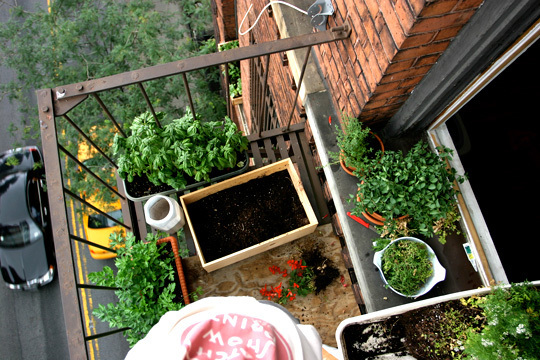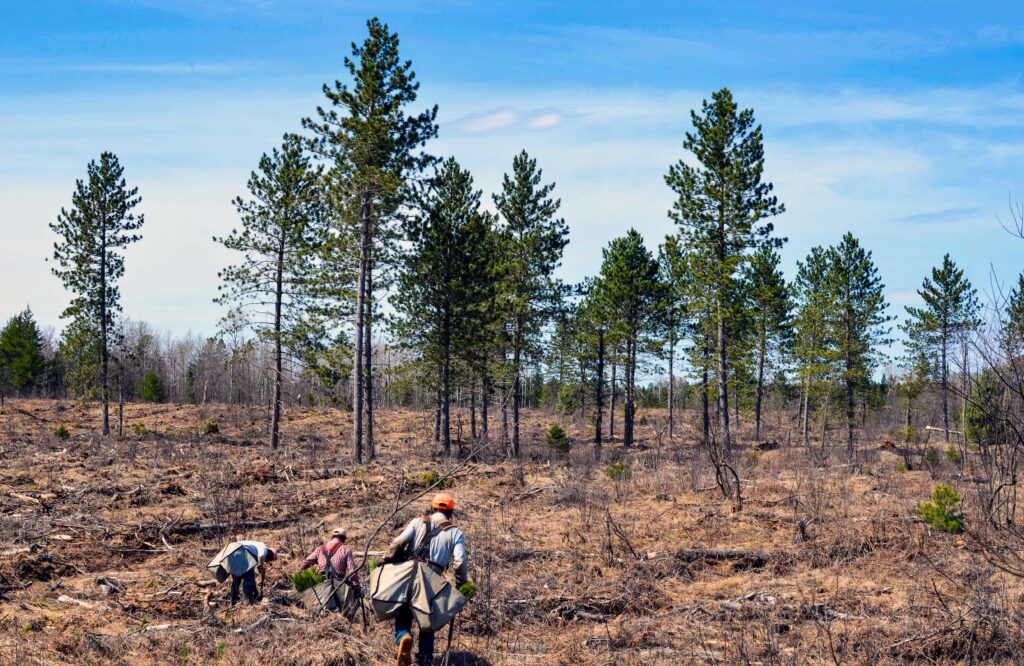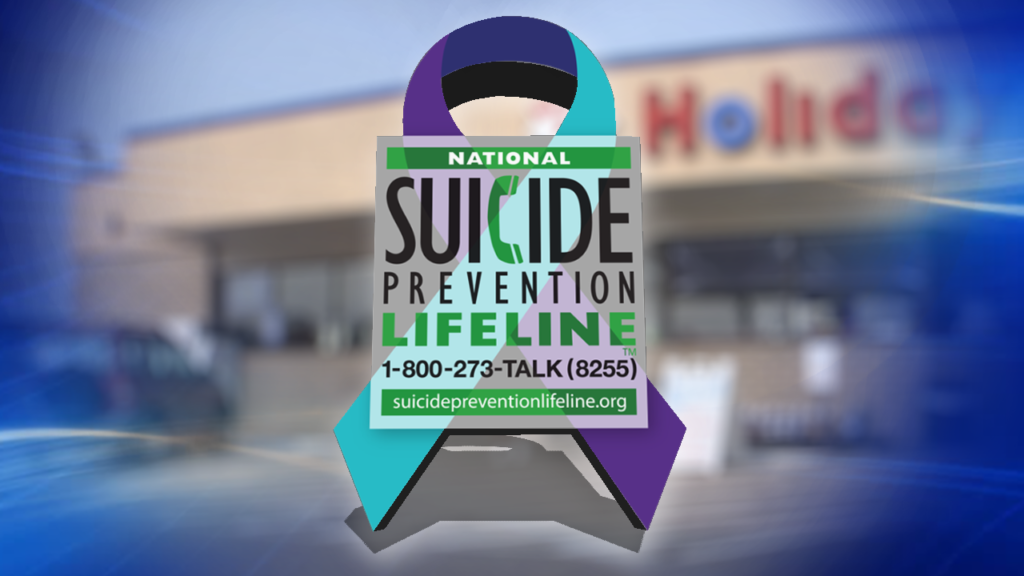On a practical level, the grocery store prices for strawberries and blackberries plus the small plastic containers as well as shipping from a farm somewhere in Central America is more expensive then watering a seed in your backyard.
The benefit of turning a lawn into an edible landscape is that a family of 4 can save $1,000 a year by devoting just 100 square feet of the yard to planting edibles, the best part is the 100 square feet don’t have to be next to each other: Plant an herb garden in the kitchen, a tomato plant outside, even some mushrooms in the crawl space.
What is an edible landscape?
An edible landscape is an attractive way of planting a yard with valuable resources that feed and nourish the family with wholesome, fresh produce, including fruits, vegetables and herbs. Don’t worry it doesn’t have to be a corn field out your front door.
What about zoning?
It’s always a good idea to share your ideas and develop your local neighborhood relationships as well as make sure you are in compliance with local zoning codes. The desire for sustainability is causing changes in zoning across the country and is a credible issue to raise in any meeting that represents your communities policies.
What will the neighbors say?
If you share, or invite them to pick some for themselves, probably not much.
Any other tips?
Regional native plants can be strategically located among the edibles to add color and contrasting textures. Native Plants will attract pollinators that will visit the vegetables: Ladybugs, birds, bees, and butterflies. They also tend to adapt better than hybrids to the harsh conditions of summer heat or winter freezes!
Imagine a produce aisle outside your door! Create a field of dreams for your edible garden and your concept can yield some delicious and healthy results. The answer to the age old question of finding the best food has always been in your own backyard because watching something grow is a tasteful way to save!



